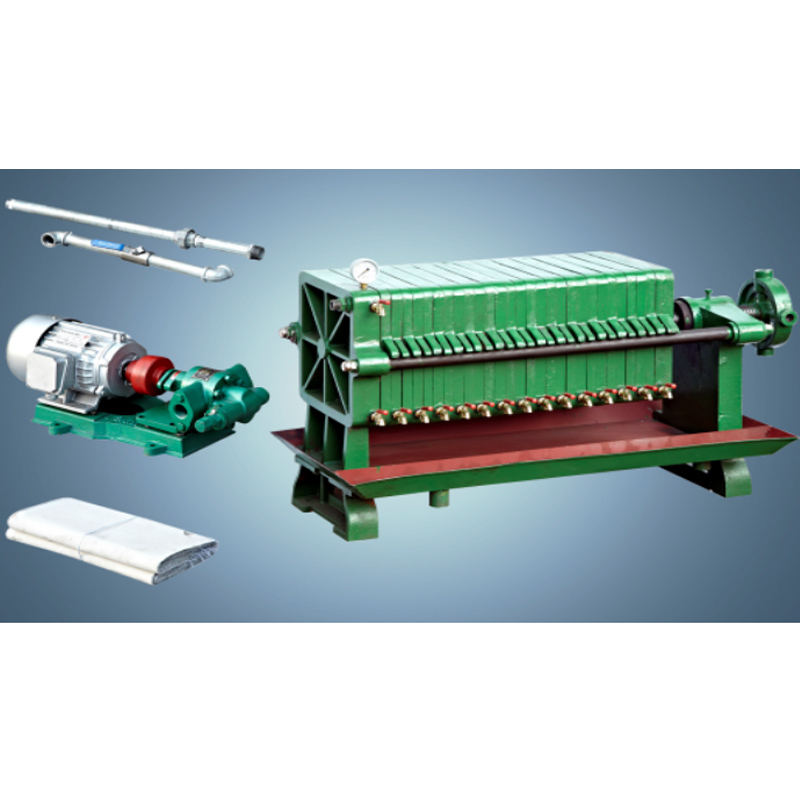Oct . 16, 2025 11:40 Back to list
Safflower Oil Press Service | Turnkey, Reliable & Fast
Field Notes from the Plant Floor: Choosing a Press Filter for your safflower oil press service
I’ve walked more than a few oil mills—from Anatolia to Hebei—and the same question keeps coming up: how do you get clean, bright safflower oil without throttling throughput or blowing up OPEX? The quiet hero is the Press Filter. It’s a simple, rugged machine that separates solids from oil or water, recovers process water for reuse, and leaves dry cakes that are easy to dispose of. Made in Dingzhou City, Hebei Province, China, the latest units are surprisingly refined, yet still easy to maintain.

What’s changing in the industry
Three currents are reshaping edible oil filtration: water reuse targets, stricter food-contact compliance, and the push for lower energy per ton. To be honest, a well-tuned Press Filter checks all three. Cloth media is getting better (finer, more durable), and plate materials are trending toward food-grade PP and 316L contact paths. Many customers say they’ve cut wastewater loads by double digits simply by reusing filtrate.
Process flow (real-world view)
- Feed: crude safflower oil slurry post-pressing or post-decanting (TSS often 0.5–3%).
- Precoat/conditioning: optional filter aid (≈0.05–0.2%) for faster cycles.
- Filtration: slurry pump to chambers; pressure builds to 0.4–0.6 MPa; cake forms.
- Draining/air blow: reduce cake moisture (often 20–35% in practice).
- Cake discharge: dry cakes drop; filtrate recircs or goes to polishing filter.
- QC: turbidity/FFA spot checks; cloth integrity check every shift.
Materials and build: frames typically carbon steel with epoxy or SS304/316L; plates PP with food-contact approval; cloth media PP/cotton blends (1–50 μm nominal). Hydrostatic test to ≈1.0 MPa is common before ship-out. Service life? Frames 10–15 years, plates 3–5 years, cloths 3–12 months depending on CIP discipline—your mileage may vary.
Product snapshot: Press Filter
Use it in edible oil plants, biodiesel polishing, wastewater sidestreams, and even cosmetics. For a safflower oil press service, it sits right after crude pressing or settling—sometimes after a leaf filter if the plant is tight on uptime.
| Model | Plate Size | Filtration Area | Max Pressure | Chamber Volume | Motor Power |
|---|---|---|---|---|---|
| PF-630 | 630×630 mm | 8–20 m² | 0.6 MPa | 90–250 L | ≈3 kW |
| PF-800 | 800×800 mm | 20–50 m² | 0.6 MPa | 250–650 L | ≈5.5 kW |
| PF-1000 | 1000×1000 mm | 50–100 m² | 0.8 MPa | 650–1500 L | ≈7.5–11 kW |
Specs are typical; real-world use may vary with slurry, cloth grade, and cycle setup.
Advantages that matter
- Clean filtrate (NTU drops to low single digits with fine cloths).
- Dry, shovel-ready cakes; disposal logistics get simpler.
- Water reuse loop reduces freshwater draw and effluent fees.
- Modular—add plates as your safflower oil press service grows.
Vendor snapshot (what buyers actually ask)
| Vendor | Lead Time | Warranty | Certifications | Price | Customization |
|---|---|---|---|---|---|
| Hebei OEM (Dingzhou) | 3–6 weeks | 18 months | ISO 9001, food-contact PP | $$ | High (plates, cloth, metallurgy) |
| Local Fabricator | 2–8 weeks | 12 months | Varies | $–$$ | Medium |
| Imported Brand | 8–14 weeks | 24 months | ISO 9001, 3-A options | $$$ | High |
Customization & testing
Options include SS316L contact parts, automatic plate shifters, drip trays, cloth grades (1–25 μm nominal), and CIP manifolds. Factory tests typically cover hydrostatic pressure, pump flow verification, and cloth pore-size certificates. For food-contact assurance, suppliers provide PP declarations per FDA 21 CFR. I guess that’s the paperwork auditors like to see.
Case notes
A mid-sized safflower oil press service in Central Asia swapped out bag filters for a Press Filter (PF-800). Filtrate NTU dropped from ≈20 to 4–6, cake moisture improved by ~7%, and—surprisingly—operators cut cloth changes to once every 10–12 weeks after dialing in precoat. Payback? Under 10 months, mostly from reduced consumables and wastewater fees.
Certifications and standards commonly referenced
- ISO 9001 for quality systems.
- ISO 16889 for multi-pass filtration test methodology (analogous benchmarks for media performance).
- FDA 21 CFR for PP food-contact materials.
- AOCS methods for edible oil quality checks (FFA, color, moisture).
If you’re speccing a new line, run a pilot with your own slurry. Lab numbers are nice; plant data is the truth.
Authoritative citations
- AOCS Official Methods and Recommended Practices. https://www.aocs.org
- ISO 9001:2015 Quality management systems — Requirements. https://www.iso.org/standard/62085.html
- ISO 16889:2008 Hydraulic fluid power filters — Multi-pass method. https://www.iso.org/standard/37920.html
- FDA 21 CFR 177 – Indirect food additives: polymers (Polypropylene). https://www.ecfr.gov
-
Manual Oil Press Machine: Sustainable Oil Extraction for Global Communities | Buy & Learn More
NewsNov.19,2025
-
Efficient Peanut Oil Machine Solutions for Sustainable Oil Extraction
NewsNov.19,2025
-
Essential Oil Extraction Machine: Unlocking Quality & Sustainability in Oil Production
NewsNov.18,2025
-
Latest Oil Expeller – Efficient & Sustainable Oil Extraction Machines
NewsNov.18,2025
-
Manual Oil Press – Affordable, Sustainable Oil Extraction Tools for Communities and Businesses
NewsNov.17,2025
-
Canola Oil Plant: Comprehensive Guide to Processing, Technology, and Global Impact
NewsNov.17,2025
